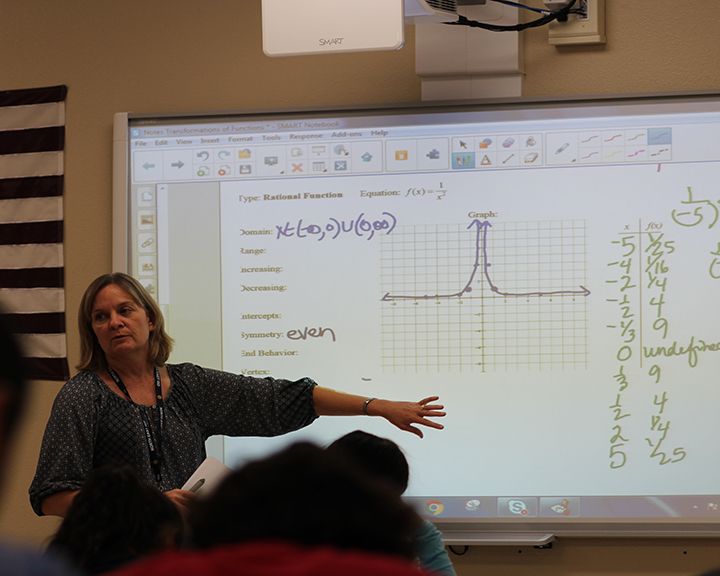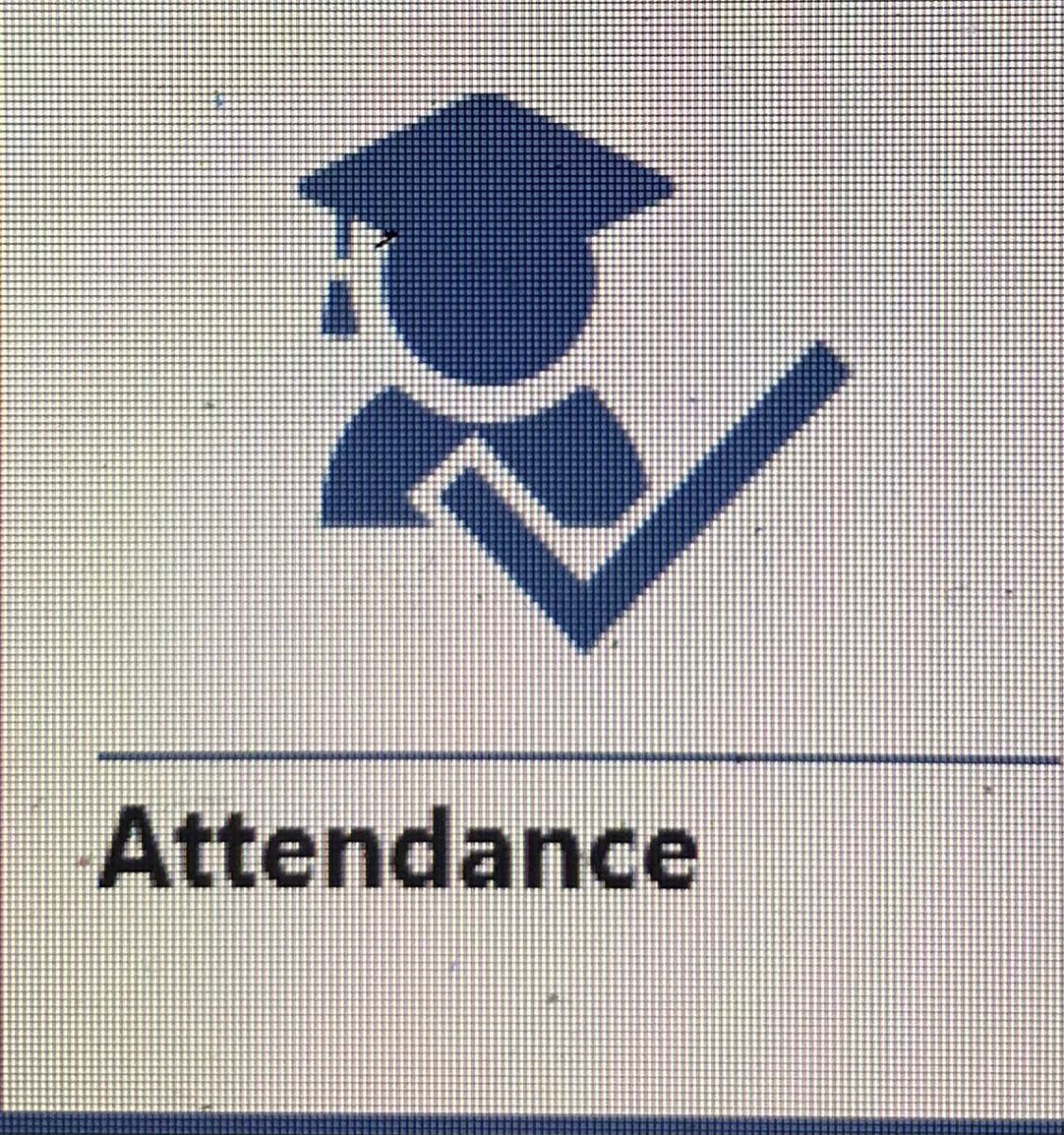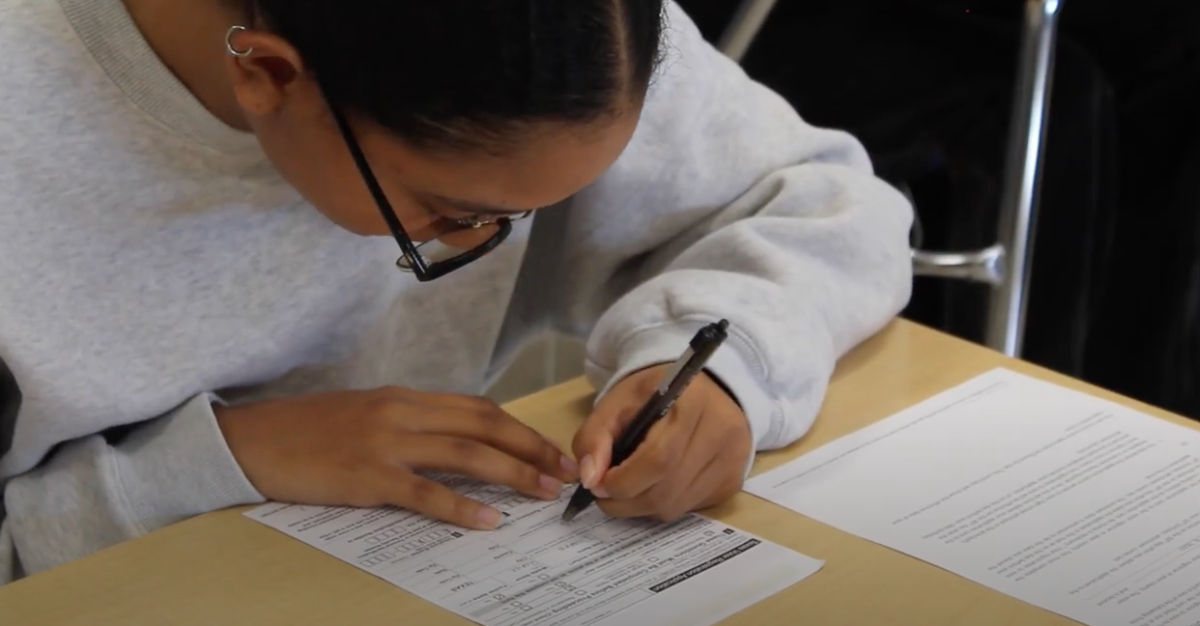by Emma Fitzhugh | editor-in-chief
With a subject line reading, “Possible Schedule Changes Needed”, principal John Mehlbrech sent an email on September 16 informing parents that the school now has over 3,000 students, “making it the largest student body Johnson has ever had to work with.” As a result, one math teacher began teaching on Monday, September 21 as well as a new English teacher.
“For the first time ever, as of September 1, 2015, Johnson’s student population stands at 3,018,” Mehlbrech said.
As a result of the growing community, in addition to students being enrolled throughout the duration of the first week of school, the campus has now exceeded NEISD’s expected enrollment.
“Schools are allocated a certain number of teachers based on a projected number of students that are expected to enroll at the beginning of each school year,” Mehlbrech said. “For the 2015-2016 school year, Johnson was projected to have about 2,932 students on campus, giving us a teacher allocation of 155 teachers. With the unexpected growth in student population of over 3,000 students, however, we were allocated two more teachers in September.”
As classes began filling up, the math and English classes primarily were “too large,” and in response to that, Mehlbrech submitted a request for additional teachers.

“…We’re getting class sizes in the 35’s, 36’s- that’s way too many. So I put in what they call a ‘Request for Resources’, which is an RR. An RR is a form designed for principals to request additional resources, such as teachers. In the RR, I have to explain the status of our current teacher allocations for Johnson and explain why I need more teachers. RR’s are then reviewed by the Executive Staff [at NEISD]. The Executive Staff receives numerous RR’s from schools within NEISD and then prioritizes the RR requests based on their budget,” Mehlbrech said.
The Executive Staff then considered the current student population, as well as the teacher allocations, before allowing the administration to hire two additional staff members, according to Mehlbrech.
Once the two new teachers were hired, the Pre-AP Geometry, College Algebra, English III and IV, in addition to some sequential courses were then adjusted to reduce the class sizes. Curriculum Assistant Principal Julie Shore and the counselors then attempted to only change schedules that had not had a previous change.
“Well obviously whenever you do a schedule change for their [teacher’s] kids, it’s a change. And changes are not comfortable. So we’ve had some parents call back really concerned about the change. We tried our best to be sensitive to the needs and wants of every student effected by a change,” Mehlbrech said. “The counselor’s all met with Mrs. Shore, and looked at the kids that were possibly going to get a schedule change, and tried to make sure that they did not have a schedule change before. We did not want to affect those students who already had a schedule change this year.”
However, Mehlbrech went on to say how some classes could simply not accommodate the number of students that were currently enrolled in that course.
“But even then you have parents who like the teacher, kids that like the teacher, ‘things are going well, don’t mess it up’ kind of thing. But in situations like this, we don’t have a choice. We can’t have 36, 38 kids in a math class. They need to be more manageable,” Mehlbrech said.
In fact, according to Pre-AP Geometry and Algebra I teacher Smokey Buehler, there were barely enough desks for all of her students at the beginning of the school year.
“They [classes] were huge at the beginning of the year. I had like, over 200 students. So I had like 36 in every class but eighth period. I was like, at the beginning of the year going, ‘Oh my gosh’, because I mean it was packed in here. It was packed,” Buehler said. “So now I have empty desks, you know, I have a couple in every room. But yeah, I mean, that was like – that was over the top. I mean that just doesn’t seem right.”
Having taught at Johnson since the school opened, Buehler went on to say how her classes typically don’t have an excessive amount of students, despite the fact that she teaches an advanced course.
“I have not always had, like, because see right now I think I’m sitting at 160 students. And well, I worked half time for the last three prior years, and I would only have about 90 students for three classes. So it’s been about the same with the Pre-AP,” Buehler said.
There are some benefits to having a smaller class though, according to Buehler, both for the teacher and the students.
“Well sometimes it’s not bad. I mean when I had all 36 in here I mean everybody was behaving really well, but it’s just then for me to get to them when they need help that’s a lot of students, and a lot of grading. So it makes a big difference. I mean I lost like 40 students when the new teacher came. That’s a big class,” Buehler said.
Some teachers seem to agree with Buehler, who add that smaller classes are often easier to manage and allow for more individualized instruction.
“Absolutely. Well for both, I mean it allows the teachers to have more interaction with the students, when you have 30 versus 40 kids to get around to and check in with, you can get around a little more easily with the 30,” math Instructional Dean and Algebra I/II Pre-AP teacher Erin Ibarra said.
“Students are more easily heard when there’s fewer kids in the classroom. As I go through and grade papers, as I have fewer numbers I can really spend more time giving quality feedback to the kids rather than trying to process a lot of papers so that I can give timely feedback. And after training for a couple weeks, Kathleen Vasquez was officially hired as a Pre-AP Geometry and College Algebra teacher, and as a result, these two math courses have had some adjusting numbers.
“I have four Pre-AP Geometry’s and two College Algebra’s. I’ve taught math for over 20 years.
The last place I taught was Boerne high school,” Vasquez said. “Actually, I was in the San Antonio school district as an instructional coach and the drive was like an hour. This past summer I decided to quit that and that’s when this job – this job didn’t come up until like August but I didn’t resign over there [SAISD] until July.”
Once she started teaching, the adjustments didn’t seem to be that unfamiliar, adds Vasquez, even though schedule changes aren’t always the easiest of transitions.
“The kids have been great. They’ve been very respectful and very nice. The classes are, they’re not too large. My first period is 26 or so but my third period, I only have two [classes], it’s only about 16. No, the only difficulty has been adjusting to new attendance, new grade book – because I’ve taught before,” Vasquez said.
Since Vasquez teaches two different curriculums, however, there are some differences she has noticed in terms of her freshman classes versus upperclassman in College Algebra.
“Oh yeah, well Boerne wasn’t this big. And San Antonio ISD I don’t think they were this big either. And I have taught at Roosevelt many years ago, so I don’t know if it’s still about the same size,” Vasquez said. “Yeah the transition was a little tough for the kids and the parents I think, but it just takes some getting used to. Everybody doesn’t- nobody likes change…but Pre-AP, the geometry, most of them are freshman, so they’ll ask a lot of questions. They’re very concerned about every detail.”
In addition to hiring Ms. Vasquez, NEISD also hired an English III/IV teacher, but after about two weeks she had to resign due to personal reasons. However, shortly afterwards a new English teacher was hired.
“Yes there were personal reasons. The new teacher’s name is Dixon, Ms. Dixon. And she’s going to teach juniors and seniors, and it’s because we grew more than the district thought we were going to grow, because everyone wants to come to Johnson. [smiles] So we got a significant number of students above what the expectation was. So then at that point the English classes were really big as were some other classes, because there are other departments that had you know, math and science as well, had just too many students in classes,” English III/IV AP teacher and English Instructional Dean Sheila Richards said.
According to Richards, because the English III/IV classes were fairly large, like the math classes, this may have caused some students to receive less individualized instruction.
“And if you get too many students you know, it’s hard to do a good job as a teacher, because the students need individual attention, and especially with English when you’re grading papers you wanna grade them carefully and give good feedback. So it was really essential, you know, that we made some of the classes smaller. And the junior and senior classes, English III and English IV, were the largest, so that’s where we put the new teacher,” Richards said.
Richards went on to say how having large classes is not necessarily unusual for her, considering the growth of the community and reputation of the school.
“And it’s a good thing, I mean, we want for kids to want to come here. We want for parents to say, ‘That’s where I want my student to go because it’s a great school.’ So it’s a good thing and it shows really the strengths of Johnson. But, you know, it’s just, it was unanticipated and it’s hard. It’s hard to bring in a new teacher you know, when the year has already started, and have to move students and change their schedules and so we recognize that that’s difficult for students,” Richards said.
Despite this change, the teachers and administration alike are trying to make this transition as painless as possible.
“So it’s not like completely out of the normal. Because…schools that are growing tend to sometimes encounter this problem. It’s just hard to gage. You know, you just don’t know for sure how many you’re gonna have. And I remember on the first day of school thinking uh-oh, because I remember the counselors were- they kept registering and registering,” Richards said.
If at all possible, the administration will attempt to change as few schedules as they can, however, that may not always be the case, according to Mehlbrech.
“It’s not to say that every class is at the level we want them to be. I know we’re heavy in government and eco, we’re heavy in speech, we’re heavy in choir, and so we could use more [teachers], but we can manage without them at this point. We needed those two [math and English] for sure,” Mehlbrech said. “But right now, if I’m able to get more I’m still going ask for more. If I get more teachers, then again we go back to the schedule changes.”
Even though schedule changes are sometimes unavoidable, the number of students that enroll at a given time is never certain.
“And some kids and some parents are not going to want it even though it would lessen the number of kids per section. It’s just a hard thing. I wish we wouldn’t do that, but you know, we just never know how many kids are going to show up at the door. And then once they do, you make an adjustment,” Mehlbrech said.














